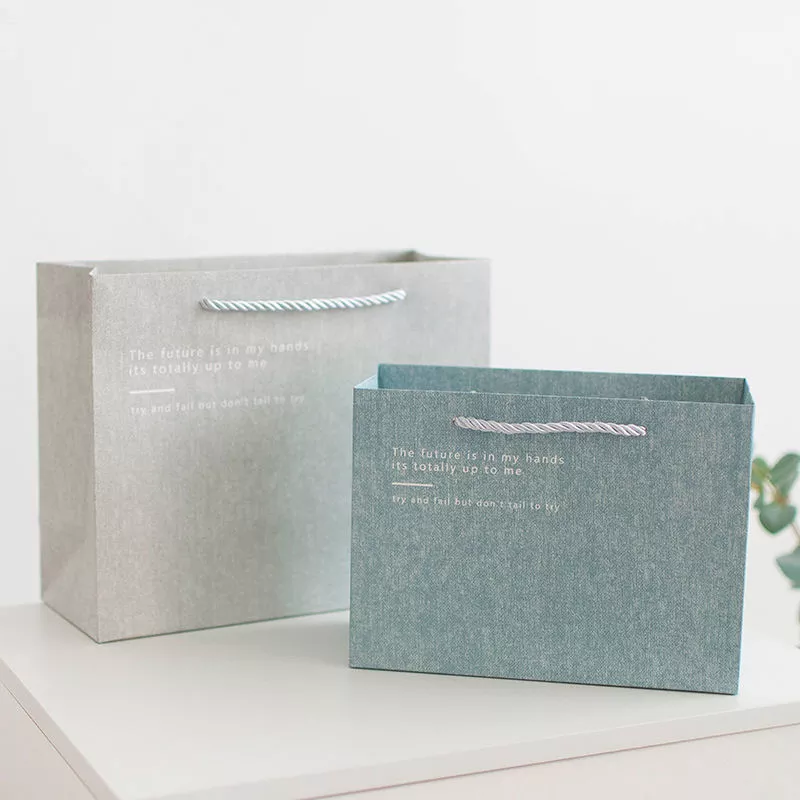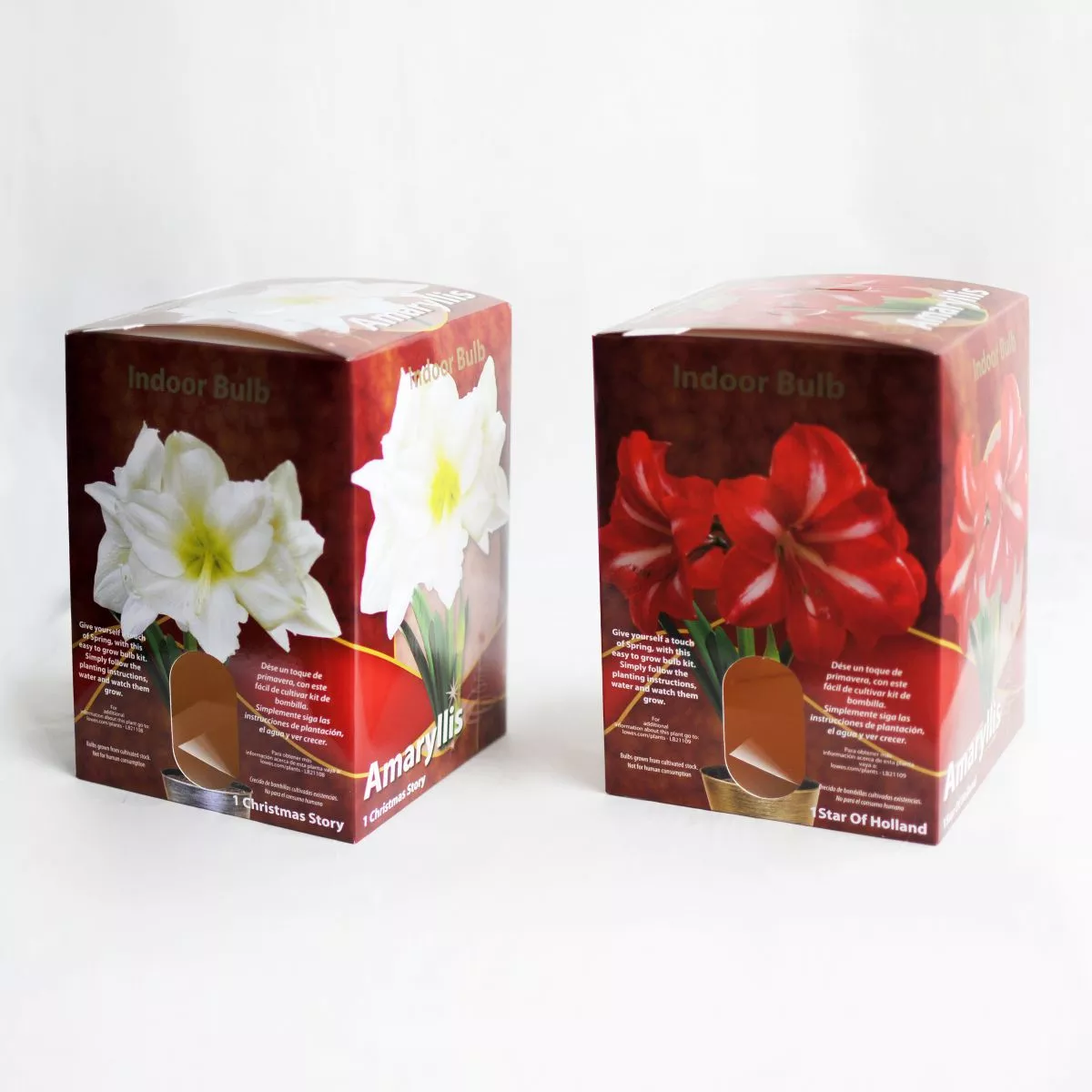Four Color Process And How It Works
Full-color printing is actually a trick on the brain and the eyes. A full-color image actually consists of only four main processing colors. These colors are cyan, magenta, yellow and black and are often abbreviated as C.M.Y.K.
The enlarged halftone CMYK dot four-color process printing is an illusion based on the mixing of the four process colors in a calculated and canonical way that appears to produce a larger range of colors when viewed from a distance, resulting in a full-color image.
The full color image is printed as a "rose". The size of these dots depends on what is happening in particular areas of the image to produce the illusion of light and dark or "halftones".
Looking closely at a black and white newspaper image, it is easiest to see the use of halftones, with larger black dots in the dark "shadow" areas and smaller black dots in the bright "highlight" areas.

To achieve the illusion of full color, the dots of the four processing colors are blended in halftones, laying the dots of each color on top of the previous color. The different blending of the dots of each color helps achieve the desired color result.
If you have any questions about printing, or have a project you would like us to look at for you, please contact us. Learn more about the range of printing services we offer here.

The enlarged halftone CMYK dot four-color process printing is an illusion based on the mixing of the four process colors in a calculated and canonical way that appears to produce a larger range of colors when viewed from a distance, resulting in a full-color image.
The full color image is printed as a "rose". The size of these dots depends on what is happening in particular areas of the image to produce the illusion of light and dark or "halftones".
Looking closely at a black and white newspaper image, it is easiest to see the use of halftones, with larger black dots in the dark "shadow" areas and smaller black dots in the bright "highlight" areas.

To achieve the illusion of full color, the dots of the four processing colors are blended in halftones, laying the dots of each color on top of the previous color. The different blending of the dots of each color helps achieve the desired color result.
If you have any questions about printing, or have a project you would like us to look at for you, please contact us. Learn more about the range of printing services we offer here.